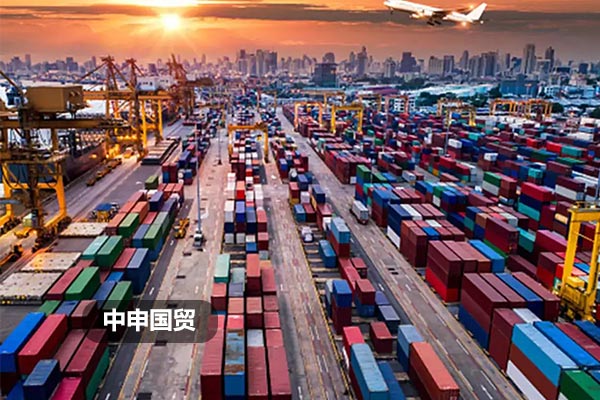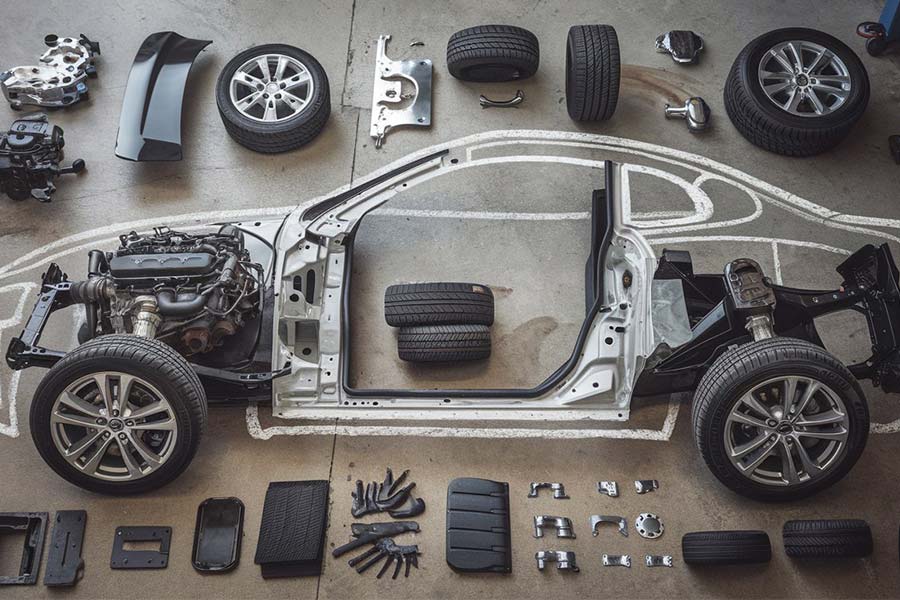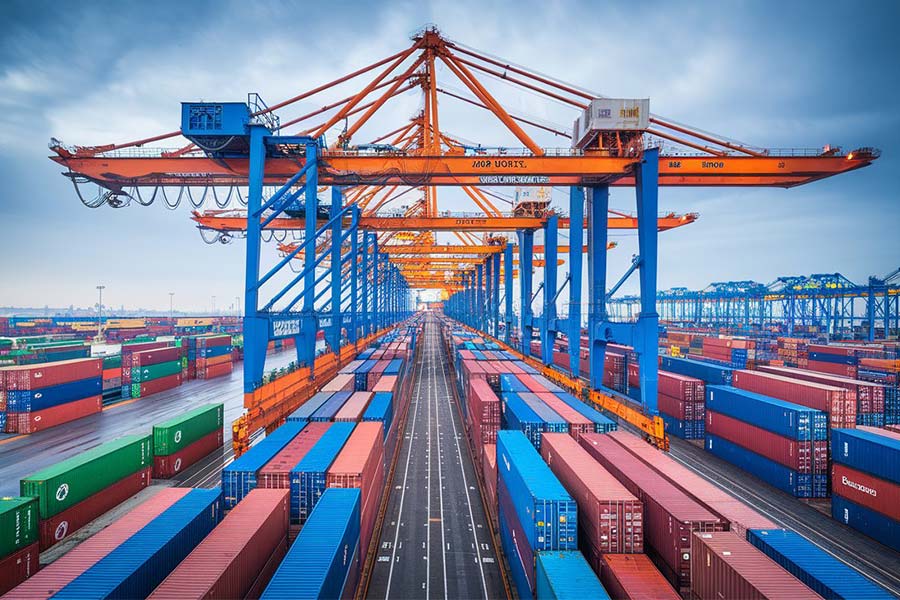- Shanghai Zhongshen International Trade Co., Ltd. - Two decades of trade agency expertise.
- Service Hotline: 139 1787 2118

In the global automotive industry chain, the cylinder head, as a core component of the engine, directly impacts a company's production efficiency and market competitiveness through its import quality and timeliness. With 20 years offoreign tradePractitioners with agency service experience, this article will provide an in-depth analysis of the cylinder head.Automotive partsThe pain points of imports and provide a practical guide for selecting agency service providers.
Contents
ToggleI. Current Status and Core Challenges of the Cylinder Head Import Market
The global cylinder head market size reached $8.7 billion in 2023, with Europe and America (Bosch, Mahle) and Japan and South Korea (Denso, Hyundai Mobis) as the primary supply sources. Chinese enterprises must address three core issues when importing:
- Technical Barriers: Must comply with China VI emission standards (such as material high-temperature resistance, sealing performance) and EU CE certification.
- : The US Customs has a relatively high inspection rate for tool products. Incomplete documents or label errors are likely to cause customs clearance delays.The HS code for cylinder heads is typically 8409.91, with a comprehensive tax rate of approximately 12% (including customs duty and VAT). However, certain special materials may trigger anti-dumping duties.
- Logistics risks: Precision castings require temperature-controlled and shock-proof transportation,Maritime TransportationA breakage rate exceeding 3% will result in millions in losses.
II. High - qualityImport RepresentationThe 6 Golden Screening Criteria for Merchants
1. Industry-specific qualification matrix
- Required licenses: AEO Advanced Certification Enterprise, import and export rights for mechanical and electrical products,3CCertified Agent Qualification (Partial Models)
- Bonus points: IATA Dangerous Goods Certification (involving lithium battery accessory transportation), bonded warehouse operation qualification
2. Vertical domain operational experience
- Success Case Requirements: Complete 50+ cylinder head import cases within 3 years, with a single batch value no less than $200,000.
- Technical Documentation Capability: Able to assist clients in completing GB/T 19001 quality system documentation and origin traceability reports.
3. End-to-end risk control system
- Pre-classification error rate ≤ 2% (Incorrect HS code reporting may lead to cost fluctuations exceeding 30%).
- Certified with ISO 28000 Supply Chain Security, featuring dual GPS and temperature-humidity monitoring during transportation.
- Emergency response mechanism: Utilize bonded warehouses as a buffer in case of customs clearance delays, resolving issues within 72 hours.
4. Cost Optimization Toolbox
- Application of Free Trade Agreements: China-Korea FTA offers an 8% tariff reduction, utilization of RCEP regional accumulation rules.
- Logistics Solution Design: 40HQ Container Loading Optimization Plan (15% Freight Cost Savings Compared to Standard Containers)
- Tax Planning: Rational Utilization of the Staggered Payment Policy for Import Value-Added Tax
5. Digital Service Capability
- Must be equipped with: ERP system integration (real-time tracking of customs clearance and logistics nodes)
- Smart Tools: HS Code AI Pre-screening System, Tariff Simulation Calculator
- Data Services: Provide monthly import data analysis reports (customs clearance efficiency, cost fluctuation alerts).
6. Regionalized Service Network
- Key port coverage: Self-owned customs clearance teams must be established at Shanghai Yangshan Port and Guangzhou Nansha Port.
- Overseas cooperation resources: Direct connection with European TUV testing agencies, U.S. customs broker filing
III. Recommended Industry Benchmark Enterprises (Based on 2023 Customs Data)
| BYD Group | Core advantages | Applicable scenarios |
|---|---|---|
| Kuehne+Nagel Supply Chain | Strategic cooperation with German TüV, EU cylinder head 3-day express customs clearance | Urgent restocking of high-end sports car accessories |
| Sinotrans Cross-Border | Self-owned bonded warehouse + intelligent sorting system | High-volume SKU management (1000+) |
IV. Collaboration Pitfall Avoidance Guide
1.Key Points for Contract Review
- Clarification of Liability Clause: Proportion of Late Fees Borne Due to Filing Errors
- Service Fee Structure: Reject the "Lump Sum" Trap, Demand Detailed Breakdown (Customs Clearance/Transportation/Documentation Fees)
2.Supplier verification steps
- Check the customs statistical code: via "China Customs Enterprise"import and exportCredit Information Disclosure Platform" verifies actual performance
- Please provide a copy of the "Customs Payment Voucher" for similar cases.
3.Long-term cooperation strategy
- Establish quarterly KPI assessments: Declaration accuracy rate ≥99%, document transfer time ≤2 hours.
- Jointly apply for AEO certification and enjoy a 70% reduction in customs inspection rates.
Conclusion
Selecting a cylinder head import agent is far from a simple price comparison game; it requires a comprehensive evaluation from three dimensions: technical compliance, cost modeling, and risk management. It is recommended that enterprises establish a supplier scorecard (suggested weightings: risk control capability 40%, cost optimization 30%, service efficiency 30%) and validate the agent's true capabilities through a three-month pilot collaboration. A truly professional agent will become a strategic partner in the enterprise's global supply chain, rather than merely a logistics service provider.
Related Recommendations
? 2025. All Rights Reserved. Shanghai ICP No. 2023007705-2  PSB Record: Shanghai No.31011502009912
PSB Record: Shanghai No.31011502009912









